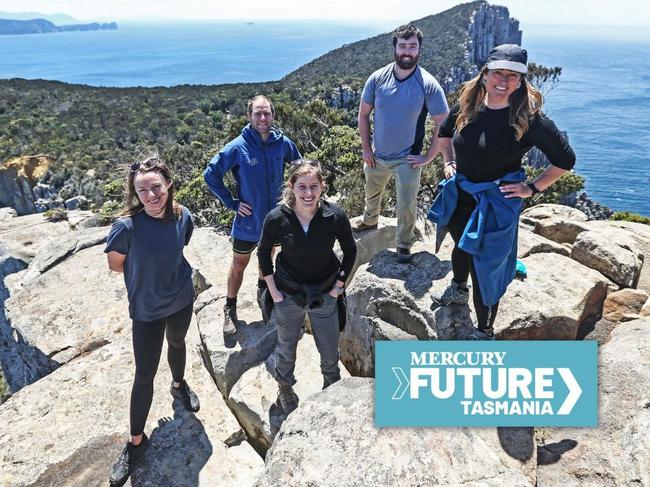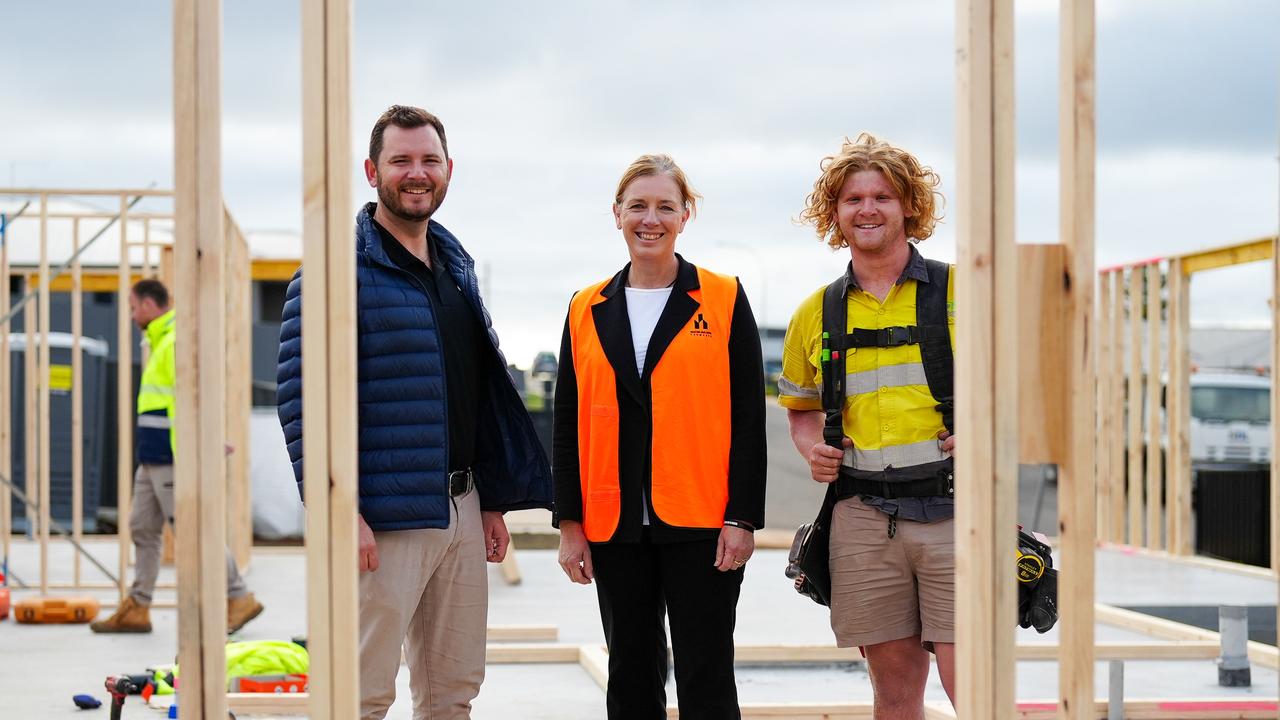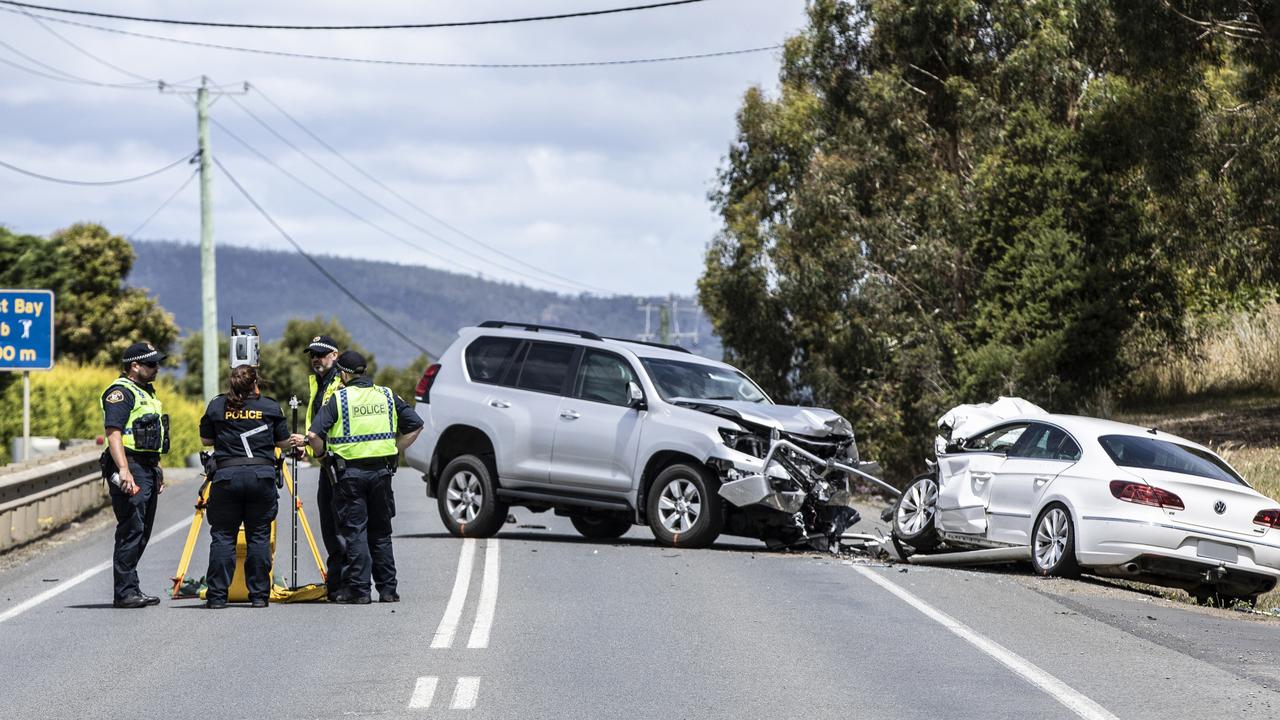Future Tasmania: Carbon footprints front of mind for Tassie tourism
Before Covid hit, the Tasmanian tourism industry had climbed to Olympian heights and was the envy of its mainland peers – now, as local operators pick up the pieces, their “next evolution” will be the achievement of “genuine sustainability”. How they'll do it >>
Future Tasmania
Don't miss out on the headlines from Future Tasmania. Followed categories will be added to My News.
BEFORE Covid hit, the Tasmanian tourism industry had climbed to Olympian heights and was the envy of its mainland peers – now, as local operators pick up the pieces, their “next evolution” will be the achievement of “genuine sustainability”, industry boss, Luke Martin, says.
Despite the dramatic downturn in visitation when international and state borders closed in 2020, tourist numbers have rebounded significantly over the past year, with the state welcoming more than 960,000 interstate and international visitors in the 12 months to September 2022, up 48 per cent on the previous year, but still only at 73 per cent of pre-Covid levels.
It comes after more than 500 organisations from around the world became signatories to the Glasgow Declaration on Climate Action in Tourism, which sets the lofty goals of halving the industry’s carbon emissions by 2030 and reaching net zero emissions by 2050.
“There is a massive global transition now under way towards carbon-responsible travel,” Mr Martin, the CEO of the Tourism Industry Council Tasmania, said.
“With our renewable energy base, we know Tasmania has an enormous competitive advantage as a destination in positioning ourselves as a global leader in this new way of doing tourism.
“The next evolution of Tasmanian tourism will be all about achieving genuine sustainability in how we manage growth and operate responsibly within our communities and environment. This is not just what the Tasmanian people expect of our industry, but also increasingly what our visitor markets expects.”

Mr Martin said the Tasmanian tourism operators who would be at the “forefront” of the state’s brand in the decades ahead would be those who had “sought to understand their emission footprint, pursued practical measures to reduce their carbon output and invested in sustainable tourism practices”.
He said there were examples of local tourism businesses already embarking on forward-looking initiatives, such as McDermott’s Coaches’ fleet of purpose-built hybrid diesel-electric buses used for the Cradle Discoverer service, and northwest tour company, Tarkine Trails, investing in its own farmlands in order to offset its emissions.
However, Mr Martin said Tasmania’s tourism industry was dominated by small businesses operating in regional communities and that many visitor destinations across the state still had “very basic waste management practices”.
“We’ve learned one of the quickest ways for many of our small businesses to reduce their carbon footprint is to simply increase their participation in recycling and the circular economy,” he said.
Associate Professor Anne Hardy, the Associate Head of Research, Tourism and Sociology at the University of Tasmania, said the state’s pre-pandemic visitor numbers would “soon be met, if not surpassed”, but that the industry needed to “think beyond the numbers” in order to achieve true sustainability for future generations.
“So while the visitor numbers are positive, we must also consider the wellbeing of our own citizens and the impacts that tourism has upon our unique island ecosystem,” she said.
Associate Professor Hardy said Tasmania had to decide whether to cater to one of two emerging visitor markers: those who are conscious of sustainability or the “Instagram and Tik Tok generation”, who seek to broadcast their trips on social media, which can create a significant branding advantage for whichever place they visit.
“If we go for the former we need to provide sustainable, offsetting opportunities, and have high levels of interpretation and product that delivers on their needs,” she said.
“Many would argue this is who we should cater to. But this will take time and a shift in mindset.”
Walking company takes sustainable path

Heath Garratt, the general manager of the Tasmanian Walking Company, which operates the Three Capes Lodge Walk, said there would continue to be increasing demand for nature-based tourism in the future, which put the state’s tourism industry in an enviable position.
“It’s critical that we look after the places our industry relies upon, as well as this planet that humanity depends upon,” Mr Garratt said.
“Society is becoming progressively more environmentally conscious which is great, so the type of sustainable low impact locally produced adventures Tasmanian Walking Company offers will see more interest in the future”.




